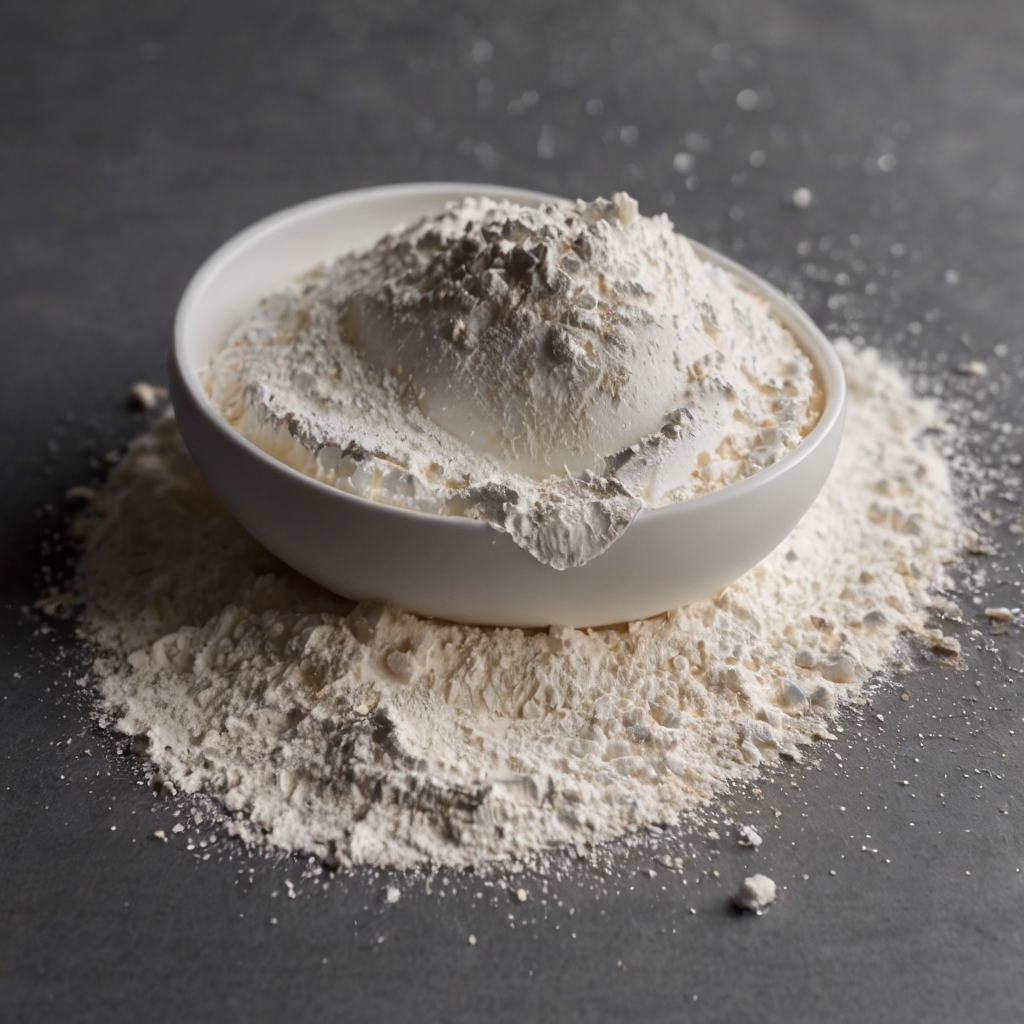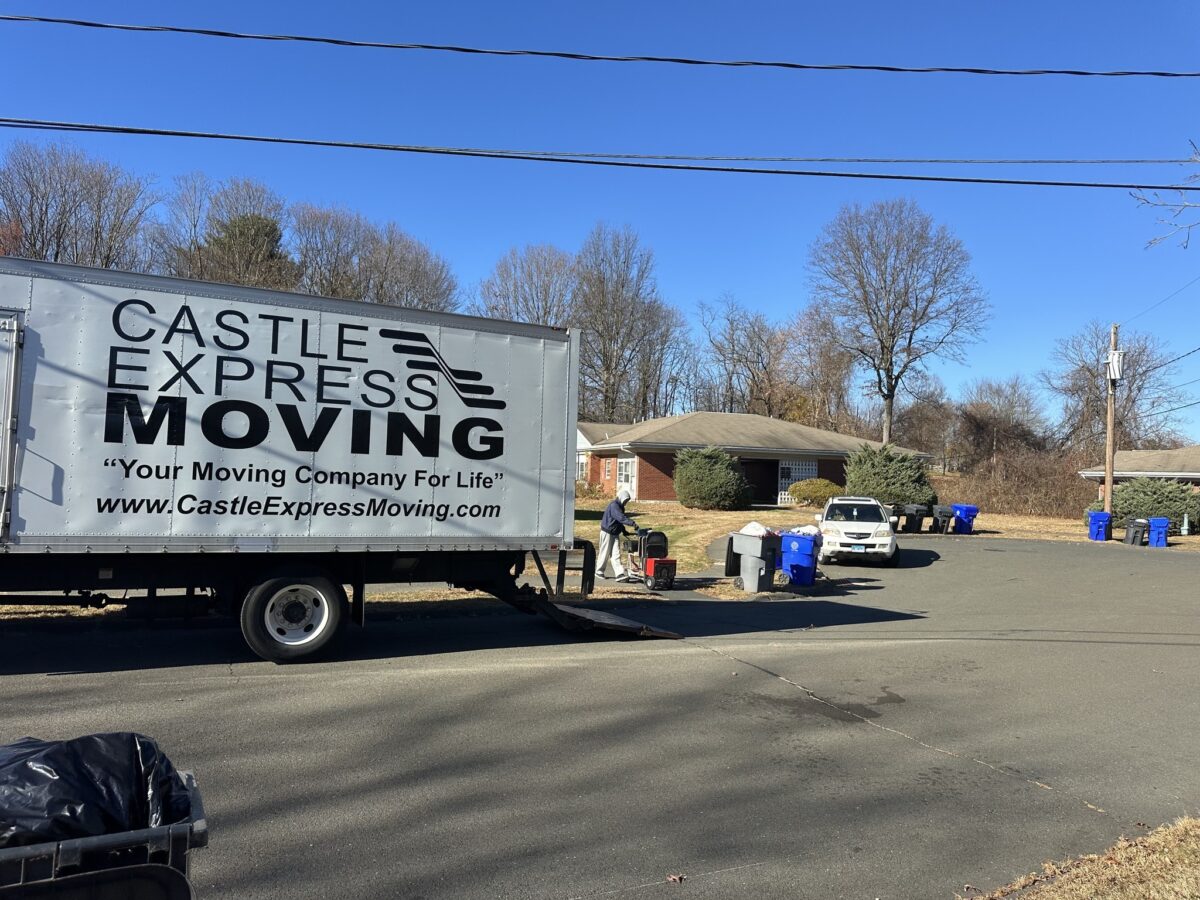How to Remove Screen Printing Emulsion from Screens
If you’re in the screen printing industry, one of the essential skills is knowing how to remove emulsion from screens effectively. Emulsion is the photosensitive layer used to block ink from passing through the mesh, and once a design run is complete, cleaning and reclaiming the screen becomes necessary. Whether you’re looking to repurpose the screen for a new design or maintain your printing equipment, properly removing emulsion ensures smooth operations. This guide will cover DIY methods, the best products to use, and tips for preventing damage during the process.

Why Proper Emulsion Removal is Important
After printing with Diazo prints or other types of emulsion, leftover residue can clog the mesh and reduce screen quality. Screens that aren’t thoroughly cleaned might cause future designs to blur or print unevenly. Reclaiming the screen not only extends its life but also ensures you’re working with a perfectly prepped surface for your next project.
Step-by-Step: How to Remove Screen Printing Emulsion
- Set Up Your Work Area
- Place your screen on a flat, durable surface. Ideally, you should work in an area with good ventilation since some screen print emulsion remover products contain chemicals.
- Wear gloves to protect your hands, and use a mask if you’re working with strong chemicals.
- Rinse the Screen with Water
Start by spraying the screen with warm water to loosen the dried emulsion. You don’t need to soak it, but a light rinse helps prepare the screen for the next step. - Apply a DIY Emulsion Remover
If you’re working on a budget, creating your own DIY emulsion remover is an option. You can mix household degreaser with water and a small amount of bleach. However, professional screen print emulsion remover products are more effective, especially for stubborn prints.- Apply the remover evenly across both sides of the screen using a soft brush or sponge.
- Let it sit for the recommended time (usually 2–3 minutes) to allow the chemicals to break down the emulsion.
- Scrub Gently
Use a scrub pad or soft-bristle brush to gently remove the emulsion from the mesh. Avoid using harsh brushes, as these can damage the screen. If you’re working with the best emulsion for screen printing, it should dissolve easily without requiring too much scrubbing. - Pressure Wash the Screen
After scrubbing, use a pressure washer to rinse off the dissolved emulsion. Ensure that you clean both sides of the screen thoroughly to prevent any residue from staying in the mesh.
Common Challenges and How to Overcome Them
- Stubborn Emulsion Residue
Sometimes, especially with old screens, the emulsion doesn’t come off easily. In such cases, try reapplying the remover and let it sit longer. Using a high-quality screen printing emulsion remover can also make a difference. - Mesh Damage
If you scrub too hard or use abrasive brushes, you risk damaging the mesh. For this reason, it’s recommended to use gentle pressure and avoid metal scrubbing tools. - Clogged Screens After Reuse
Even after removing emulsion, leftover debris can clog the mesh. Use a degreaser and rinse thoroughly to ensure a clean surface before applying new emulsion.
Best Practices for Emulsion Removal
- Use the Right Products: Investing in a good screen print emulsion remover will save you time and effort in the long run. Cheap alternatives may not dissolve all emulsion types, such as Diazo prints, efficiently.
- Select the Best Screen Printing Emulsion: Using a high-quality emulsion that matches your project needs will also make the removal process easier. The best emulsion for screen printing often has a balanced formula that is both durable during printing and easy to reclaim afterward.
- Regular Maintenance: Make screen cleaning a regular habit. Leaving emulsion on the screen for too long makes it harder to remove and increases the chance of mesh deterioration.
Conclusion
Knowing how to remove emulsion from screens is an essential part of the screen printing process. Whether you opt for a DIY emulsion remover or a professional product, the key is to use the right tools and techniques to maintain your equipment. With regular care and attention, your screens can last for multiple projects, saving you time and money.
By following these steps and best practices, you’ll master the art of reclaiming screens and keeping them in top condition. Whether you’re working with Diazo prints or experimenting with new designs, properly removing emulsion ensures that your next print will be just as crisp as the last.










